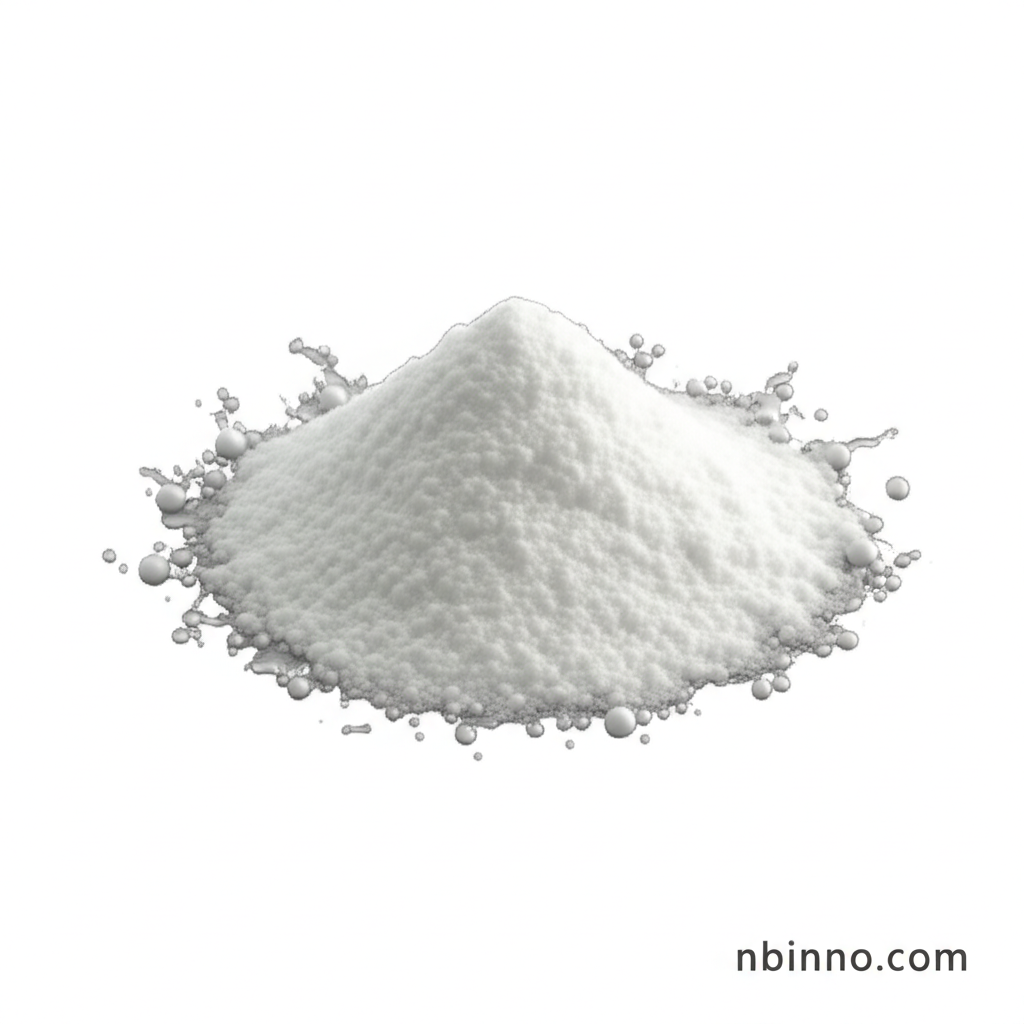2-Bromo-3-Fluoroaniline: A Key Pharmaceutical Intermediate for Advanced Synthesis
Unlock the potential of advanced chemical synthesis with this critical pharmaceutical building block.
Get a Quote & SampleProduct Core Value

2-Bromo-3-fluoroaniline
As a vital 2-Bromo-3-fluoroaniline pharmaceutical intermediate, this compound is essential for creating complex molecules in drug development. Its strategic fluorine and bromine substituents offer unique reactivity for precise organic synthesis.
- Explore the synthesis of anti-tumor drug intermediates using this crucial building block.
- Discover how 2-bromo-3-fluoroaniline can enhance agrochemical formulations as a herbicide precursor.
- Leverage this compound for novel organic material synthesis, contributing to advancements in electronic devices.
- Understand the CAS 111721-75-6 uses in developing next-generation chemicals.
Advantages Offered
Versatile Chemical Reactivity
The unique placement of bromine and fluorine atoms on the aniline ring provides exceptional reactivity, making it a preferred choice for complex organic synthesis and a key 2-bromo-3-fluoroaniline pharmaceutical intermediate.
Broad Application Spectrum
Its utility spans across critical industries, serving as a foundation for developing life-saving pharmaceuticals, effective agrochemicals, and innovative organic materials, reflecting its diverse CAS 111721-75-6 uses.
Contribution to Advanced Materials
Enabling the creation of specialized organic molecules, this compound plays a role in the development of advanced materials for electronics and other high-tech applications, supporting organic material synthesis.
Key Applications
Pharmaceutical Synthesis
Utilized as a critical pharmaceutical building block for anti-tumor agents and anti-inflammatory drugs, underscoring its role in drug development synthesis.
Agrochemical Development
Serves as a precursor for potent herbicides, contributing to the development of effective weed control solutions in the agrochemical sector.
Organic Material Innovation
A key component in the synthesis of organic molecules for electronic devices and photoresponsive materials, driving innovation in organic material synthesis.
Research and Development
Essential for laboratory research and development, enabling the exploration of new chemical pathways and the creation of novel compounds.
